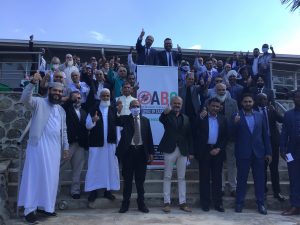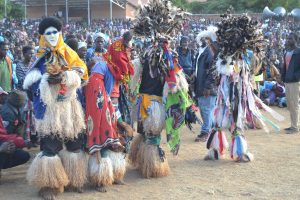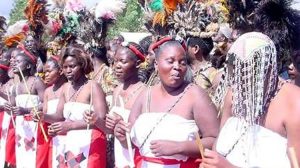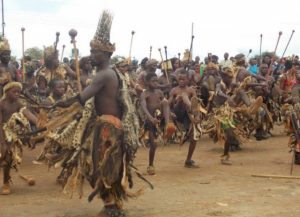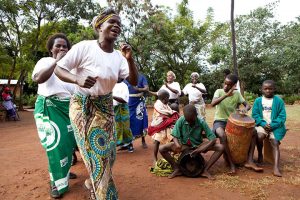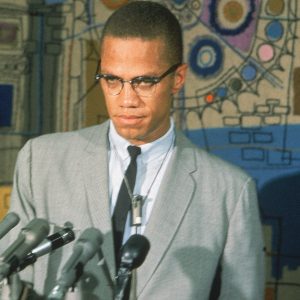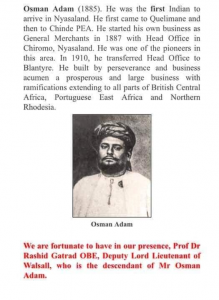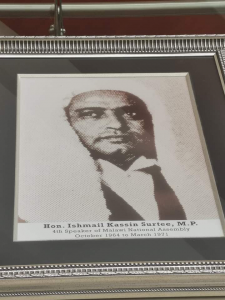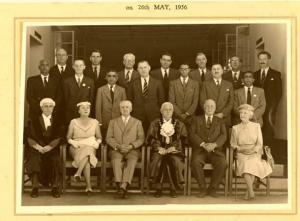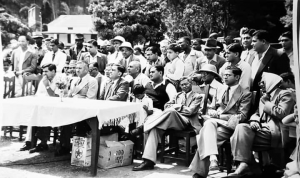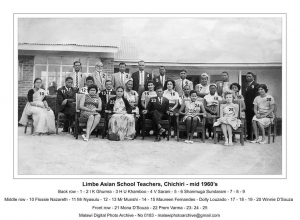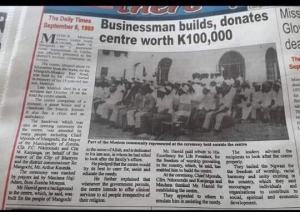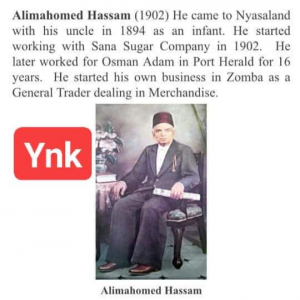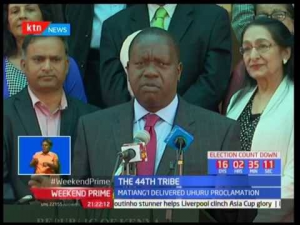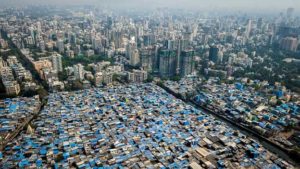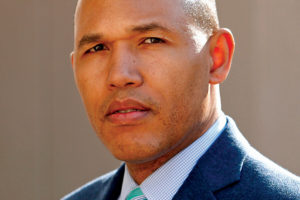
1. United States
The nation’s oldest law school has appointed its first black dean. On July 1, civil procedure and federal courts scholar A. Benjamin Spencer will take over as dean of William & Mary Law School. The College of William & Mary in Williamsburg, Virginia, has never hired an African American dean to lead any school in its 327-year history.
For Mr. Spencer, breaking barriers has been a family tradition. In 1986, his father became the first African American federal judge in Virginia, and his grandfather was Notre Dame’s first African American professor in Indiana. President Katherine Rowe, who became the college’s first female president in 2018, said Mr. Spencer “brings that broad view of legal practice, together with a deep appreciation of the ethos of the citizen lawyer.” (Richmond Times-Dispatch)
2. Chile
Chile has published a new climate action plan, committing to cut fossil fuels around a “social pillar” framework that protects vulnerable groups. As climate advocates around the world demand a “green recovery” from COVID-19, many welcome Chile’s pledge to focus on easing inequality and tying economic recovery with environmental reform. Chile is the second South American country to update its nationally determined contributions under the Paris Agreement. The country aims to become carbon neutral by 2050 – no small challenge for an economy based on emission-heavy industries such as mining and agriculture – and to cut emissions from deforestation 25% by 2030. Once Chile overcomes the coronavirus crisis, Environment Minister Carolina Schmidt said the country “will enter a rehabilitation phase which must be sustainable.” (Thomson Reuters Foundation, The Guardian)
3. Germany
In a unanimous vote, the German parliament has approved legislation to allow rabbis to act as military chaplains for the first time since 1933. Before Adolf Hitler came to power, military rabbis were relatively common, but for nearly a century only Protestant or Roman Catholic chaplains have been allowed in the service. The change is welcomed by lawmakers from all parties and Jewish groups. “Military rabbis will make their advice available to the Bundeswehr [Germany’s armed forces] as a whole,” said Josef Schuster, president of the German Jewish Central Council. The measure was introduced in December by Defense Minister Annegret Kramp-Karrenbauer, who said she plans to introduce similar laws allowing imams and Christian Orthodox priests to also serve as religious leaders in the armed forces. (Deutsche Welle)
4. Malawi
The United Nations is working with communities in Malawi to help about 53,000 children with albinism safely attend school. Since the program has been running, several participating districts report dropout rates have fallen to around 5%. Albino children often are kept at home by their parents out of fear they will be kidnapped, attacked, or killed because of misconceptions that albinos hold magical powers.
The Joint Program on Girls Education is working with schools, local leaders, and police to create more supportive learning environments and teach students how to protect themselves. “For any child, anywhere, education is not a luxury. It’s a necessity and fundamental right regardless of their status,” said Maria Jose Torres, the United Nations resident coordinator. (UN News)
5. Australia
A koala has been born at the Australian Reptile Park in New South Wales for the first time since the 2019-20 bushfires killed more than 1 billion animals nationwide. Over 240 days, more than 13 million acres burned across New South Wales destroying thousands of homes and wildlife habitat. The koala population was especially devastated, and wildlife parks are continuing to rehabilitate injured animals and work to fortify the next generation. The new joey poked her head out of her mother’s pouch in a May 26 Facebook video posted by the Australian Reptile Park. The post called the joey “a sign of hope for the future of Australia’s native wildlife” and announced her name: Ash. (ABC, CNN)
Worldwide
The International Olympic Committee reports record high representation for women across its 30 commissions, continuing its trend toward parity. Women now fill 47.7% of its positions, up from 20% in 2013 when the IOC began its commitment to advance gender equality.
The IOC also appointed two new female commission chairs: Eleven are now led by women. Thailand’s Khunying Patama Leeswadtrakul will chair the Culture and Olympic Heritage Commission, while former Chinese speedskating champion Zhang Hong will coordinate the 2024 Winter Youth Olympic Games in South Korea. “There is always more that can be done,” said IOC President Thomas Bach, “and we can make progress only if we work on this together.” (Reuters, International Olympic Committee)




